MBG World Exploration Open House Part 3
>> Thursday, December 18, 2014 –
discovery
My day at the Monsanto Center at Missouri Botanical Garden continues with the rest of what I saw on the second floor. Yesterday I talked about the mounted herbarium specimens, and today I start with the answer to my question: what about the big stuff? Coconuts, banana leaves, and anything else that isn't going to cooperate by being pressed flat or put into a paper envelope.
Like this large seed capsule in the Brazil nut family (maybe Lecythis zabucajo or Lecythis pisonis) that's about the size of a huskless coconut.
There were several specimens like this on display for the open house...
...and although I don't know the number of such specimens, they do house quite a few of them. You can see an ID number written on some of these. I didn't get a chance to ask if they're put into paper sleeves or boxes, or if they're just kept bare on a shelf.
Some of them were quite beautiful:
Okay, so they have some number of specimens that are stored whole by necessity in addition to the pressed samples. Are all samples in the herbarium dried?
Nope. Some look delicious!
Again I don't know the number of specimens in it, but there is a small collection of "pickled" samples. ("Small" could mean quite a few if it's relative to the 6.5 million total specimens)
When is "pickled" storage preferable? When the 3D structure of the specimen is important I was told. Orchid flowers were mentioned as a specific example.
Speaking of 3D structure, there was a station on this floor demonstrating how a scanning electron microscope (SEM) is used in plant identification, when you really have to look closely.
The SEM itself is the grey box behind the computer display. Plant samples are first prepared by being coated with a layer of metal atoms in a "sputter coater"-- some samples are in the case with the purple interior at the bottom of the photo. The SEM allows very high magnification and allows 3D structure to be easily seen. The image above is at 20x magnification -- you can see the edge of the leaf and the circular "stage" upon which it is placed.
At higher magnification, impossible details are revealed:
That's only 400x magnification. This sample didn't contain any pollen grains so I'm not sure what magnification level is needed to see those, but it sounded like the shape of pollen grains was the only way to differentiate some species.
That's a commitment to detail, a level of focus that even the most dedicated gardener doesn't have!
And if it's focus you like, you'll love the bryophyte herbarium!
This collection of mosses, liverworts, and hornworts was started in the 1960s and has about 600,000 specimens, 90% of which are mosses. Does that sound like a lot of mosses? I thought it did, so asked plenty of questions. (As a moss lover I spent quite a bit of time at this table)
Some interesting facts I learned:
- There are estimated to be 25,000 bryophyte species worldwide (15,000 mosses)
- The US is home to around 1200 moss species
- Missouri has about 300 moss species
- There are 150 moss species reported in the St. Louis area, and at least 50 more can be found
Also, Missouri is home to a moss that lives completely submerged underwater -- an aquatic moss!
The largest moss in the world (from Borneo?) was at least 10" (25cm) long, perhaps longer:
That's difficult to imagine, having only ever seen mosses that were 1/2" long. (Good thing they had a specimen!)
Many of the samples in this collection are unidentified, and there are certainly duplicates. Identification usually means putting a fragment into water and taking a look under magnification...
...then checking the reference drawings:
Speaking of those drawings, I now know how they are made. Unlike botanical illustrations which are an artist's interpretation of the subject, these reference drawings are tracings!
What my photos don't show is that the microscope has an "arm" extending outward to the right, under which a sheet of paper is illuminated. By controlling the brightness of that illumination, you can see the paper (and your hand and writing utensil if they're in position) superimposed over the sample's image in the eyepiece. This makes it possible -- even simple -- to trace what you're seeing under the microscope. No artistic skills necessary to make a detailed reference illustration!
Today's post is a bit of a jumble, not showing things in the order in which I saw them. This last bit especially so, as I passed these two displays in going from the main room (where the mosses were) to the herbarium proper (where the seedpods and "compactor" was).
One side of the small room contained more history, "Milestones in Herbarium History":
While the other half showed more about plant collecting itself:
I need to find out more about these presses:
The cardboard I understand, but what about the corrugated metal? Newspaper seems to be essential to the pressing and drying process, but what happens when printed newspapers are no longer readily available?
(These fresh samples came all the way from the jungles of the Climatron)
That finishes up my look at the second floor. Tomorrow it's up another couple of flights to the library, where things were just as interesting as they were down here!
If you missed parts 1 and 2, you may want to take a look (part 1, part 2)
.

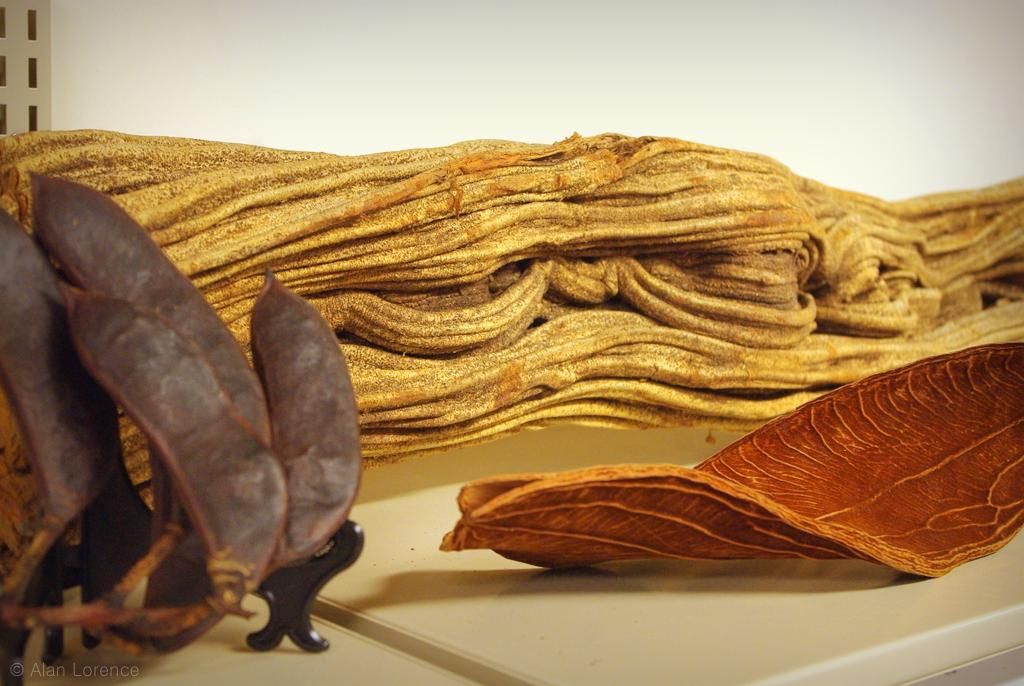
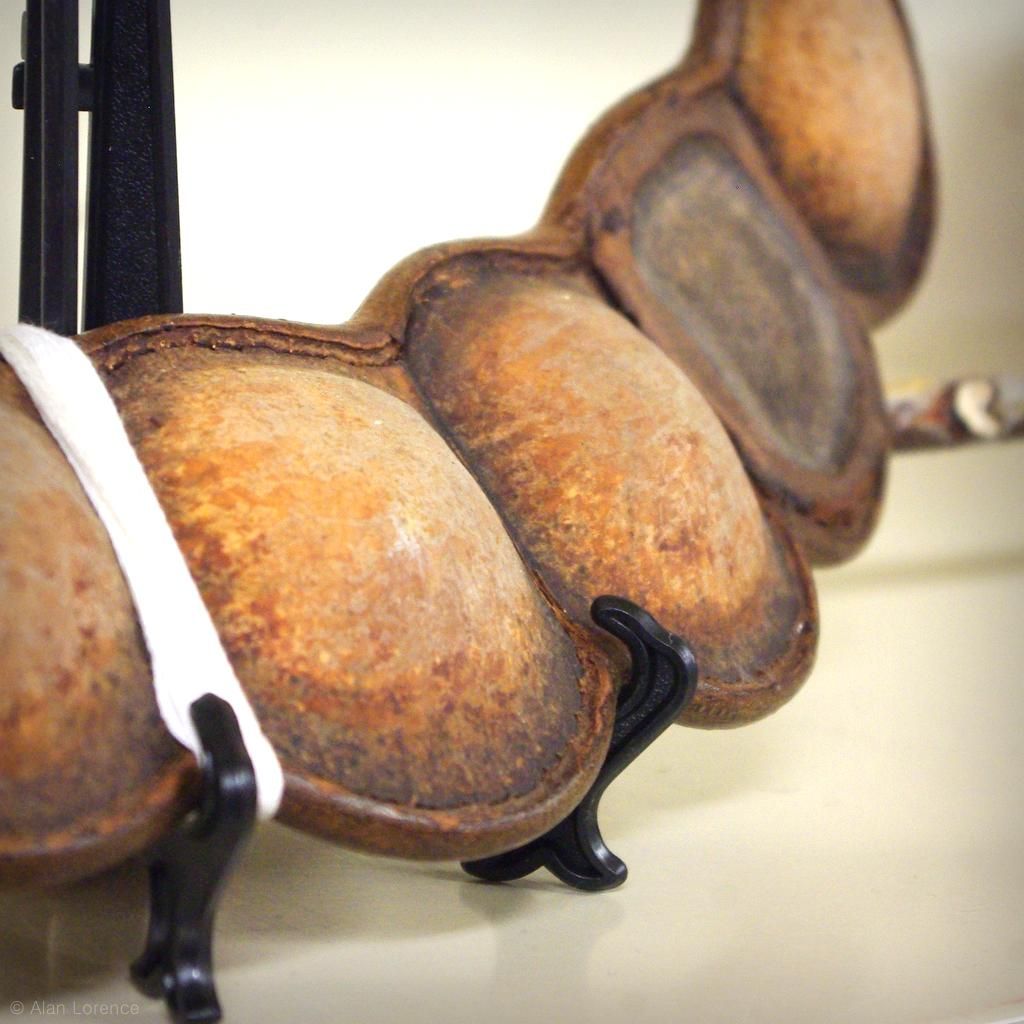

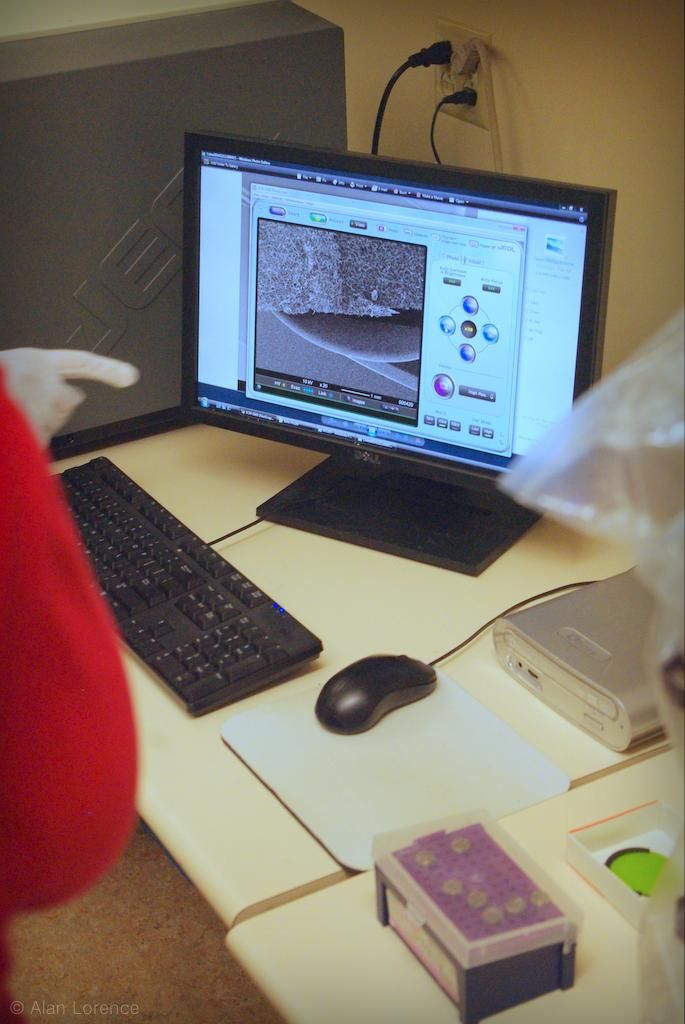











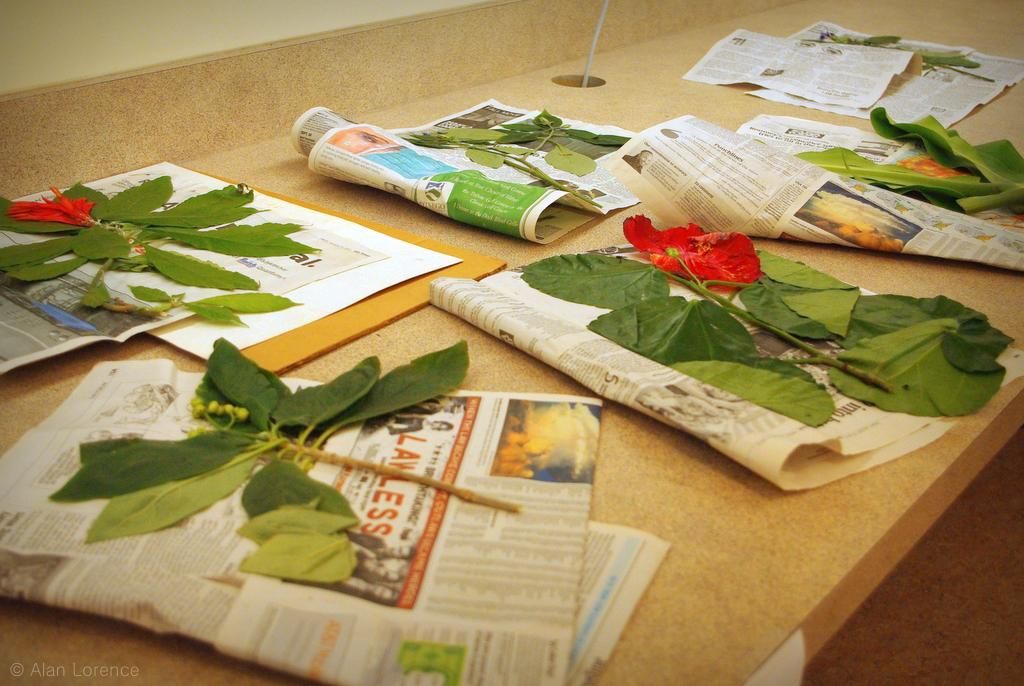
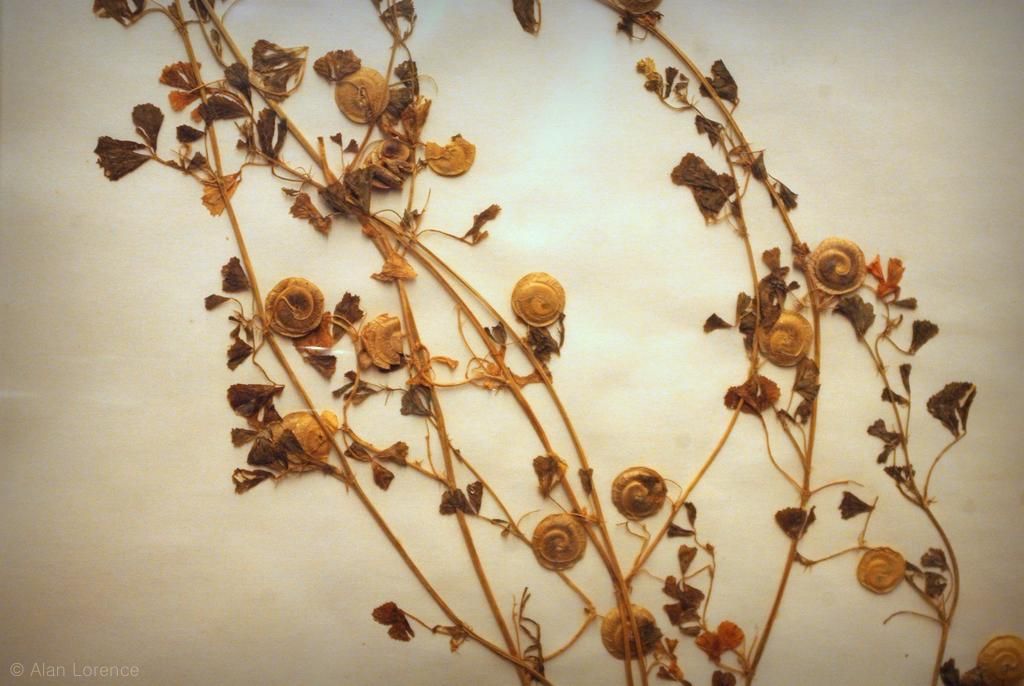




I'm amazed how many mosses there are. And I'm wondering now how many of those identified are extinct now, and how delicate some of the population are...
So fascinating! There's a herbarium at UC Davis; I need to see if they do an open house now and then.
Enjoying these posts very much...
Wonderful place and post
Mark/Gaz: good question! I'll try and find out if they have estimates...
Gerhard: I'm sure they do tours once in a while, maybe even private ones -- worth checking into!
Loree: So glad to hear that! I was worried that this week of posts might be for myself only. :)
Maywyn: thank you!
So much to learn about plant collecting! Fascinating stuff!
Botanist here - the corrugated metal is an alternative to the cardboard, more durable and pretty much impossible to puncture by pressing on a thorny specimen but heavier and more liable to cut the heck out of your hands.
The question of what to do when there is no more newspaper suggests you envision the future the same way I do. :-) Other low-quality porous paper would do just fine. Even in very poor countries now there are always local newspapers and botanists save up huge piles of them to take into the field, so that under ordinary circumstances running out is not likely.
A nice big sheet is far preferable. Our local paper has been getting narrower and narrower to save paper, so you have to prepare smaller specimens, and now taller as well, so it doesn't fit in the press worth a darn anymore.